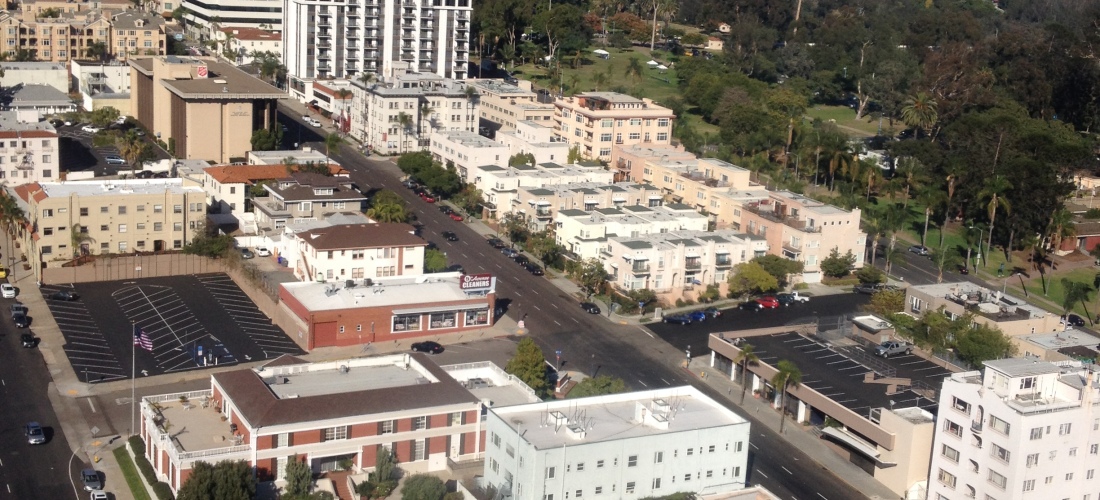Contemporary North American urban design tools provide a pathway for a more sustainable future by their ability to balance the competing economic, environmental, and social equity interests at the region, city, neighborhood, block, and lot scales. These Covid years appear to have accelerated development patterns that have been gradually shifting over the past three decades towards more sustainable outcomes. The United States cultural shift towards more urban living is well documented (Ed Glaeser, Triumph of the City, 2012). And contemporary urban development expectations are being built today as originally formulated by the Congress for the New Urbanism (CNU) practitioners in the early 1990s (Peter Katz, The New Urbanism, 1993).
These three pillars of sustainability, environmental, economic, and equity, provide a structure for measuring or testing North America’s design trajectory today. The United States’ historical values, attitudes, and prejudices that built our 20th-century traditions, culture, cities, and buildings are being re-examined and deconstructed in today’s social equity and justice moment. We acknowledged the environmental pillar in the 60s and 70s. We learned to understand the economics of sustainability in the 90s and 00s. And this past decade we are immersed in a meaningful and healthy understanding of social equity.
In the past, our culture (music, socializing, celebrations, food, worshipping) had secure foundations in public buildings, streets, squares, and plazas (churches, concert halls, theaters, pubs, and markets), and less so within the private home. Then the generation of the mid-20th century added the new by-products of the industrial revolution with television, cars, the highway, and suburbia to these public and private places (drive-in theaters, drive-thru diners, freeway overpass protests, tv movies, tv evangelists, tv news, home theaters, home cafes, home entertainment, backyard pools), which shifted our culture towards a more private life.
Today, we are adding smart phone technology to these public and private spaces while shifting again, but this time away from insular private suburban culture and transitioning towards a more balanced public and private life. These smart phones are our 21st-century version of urban renewal, allowing us to re-inhabit and re-animate public buildings, streets, squares, and plazas cheaper, faster, and with more friends and family. Within a century, everything in our culture changed with how we share music, socialize, celebrate, eat, worship, and take selfies with smartphone technology in our daily lives and cultural norms. Importantly, due to the global pandemic, the design responses to shaping our cities, towns, and building are dramatically changing again.


